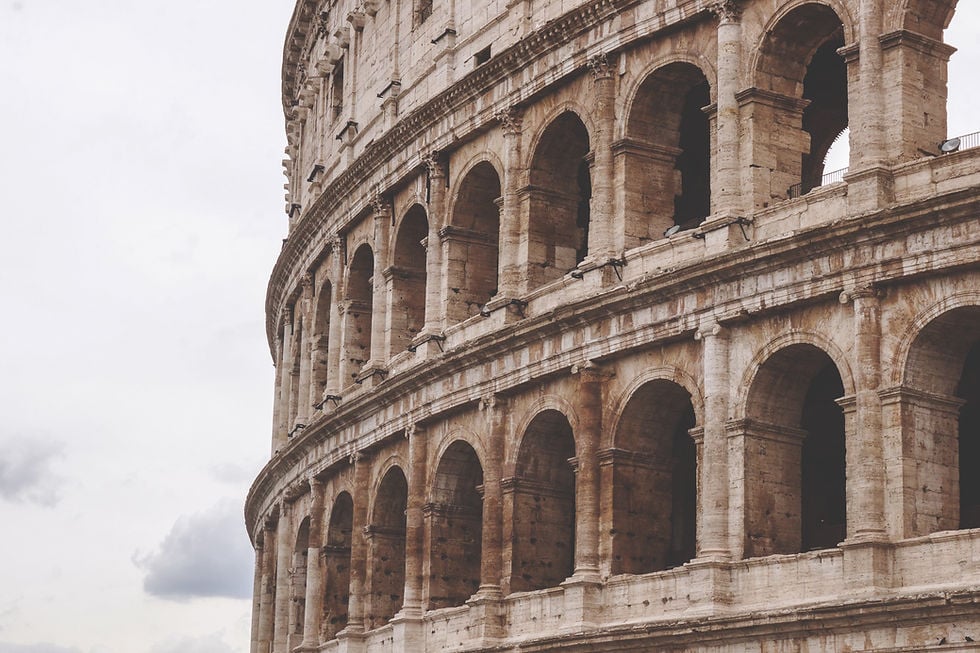From the towering pyramids of Egypt to the grandeur of the Roman Colosseum, the techniques employed by ancient civilizations not only shaped the world of their time but continue to influence modern construction practices.
Join us on a captivating journey through history as we explore the remarkable construction methods of ancient times and their enduring impact on the world of architecture and engineering.
The Great Pyramids: A Testament to Precision and Engineering Marvel

The Great Pyramids of Giza, built more than 4,500 years ago, stand as a testament to the incredible engineering prowess of the ancient Egyptians. These massive structures were constructed using an ingenious combination of manual labor, precise measurement, and ingenious engineering techniques. The pyramid builders used simple tools like copper chisels and saws, but it was their meticulous planning and organization that allowed them to create these monumental structures.
One remarkable aspect of pyramid construction is the precise alignment of the massive stone blocks. The ancient Egyptians used a system of surveying and leveling to ensure that the pyramids were perfectly aligned with the cardinal points of the compass.
The precision achieved in the placement of these massive stones, some weighing over 80 tons, is a feat that still baffles experts and demonstrates the sophisticated construction methods of the time.
The influence of ancient Egyptian construction techniques can be seen in modern construction, particularly in the field of surveying and alignment. The principles of precise measurement and leveling, developed by the pyramid builders, are foundational to modern engineering, ensuring that structures are built with accuracy and stability.
The Roman Colosseum: Architectural Ingenuity

The Roman Colosseum, an iconic symbol of ancient Rome, is a masterpiece of architectural design and engineering. Built in the first century AD, this massive amphitheater could hold up to 80,000 spectators and hosted gladiatorial contests, animal hunts, and other grand spectacles.
One of the most remarkable aspects of the Colosseum is its innovative use of arches and vaults. The Romans were masters of arch construction, using the keystone principle to distribute weight evenly and create structures that could span significant distances without the need for extensive support columns. This technique not only allowed the construction of large open spaces like the Colosseum's arena but also influenced the development of architectural styles throughout history.

The enduring legacy of Roman construction methods can be seen in the use of arches and vaults in modern architecture, particularly in the design of bridges and large-span structures. The principles of load distribution and the use of arches to create stable and durable structures have been refined over the centuries, but the influence of ancient Roman engineering remains a vital part of architectural knowledge.
Ancient Techniques in Modern Construction
While we've made tremendous advancements in construction technology, the principles and techniques developed by ancient civilizations still play a significant role in modern construction. The concept of load-bearing structures, precise measurement, and the importance of stable foundations are all rooted in the lessons learned from ancient builders.

In recent years, there's been a resurgence of interest in sustainable and eco-friendly construction methods, and here, too, ancient techniques offer valuable insights. Traditional materials like adobe, rammed earth, and timber have been used for centuries to create comfortable and energy-efficient buildings.
By studying these time-tested methods, modern architects and engineers can find inspiration for creating environmentally conscious structures that blend harmoniously with their surroundings.
Bridging the Past and the Future
The Great Pyramids and the Roman Colosseum, along with countless other ancient structures, continue to inspire awe and admiration. As we look to the future of construction, we must not forget the lessons and wisdom of our predecessors.
By embracing the innovative spirit of ancient builders and incorporating their enduring techniques into our modern practices, we can create a more sustainable, resilient, and awe-inspiring world of architecture and engineering.






